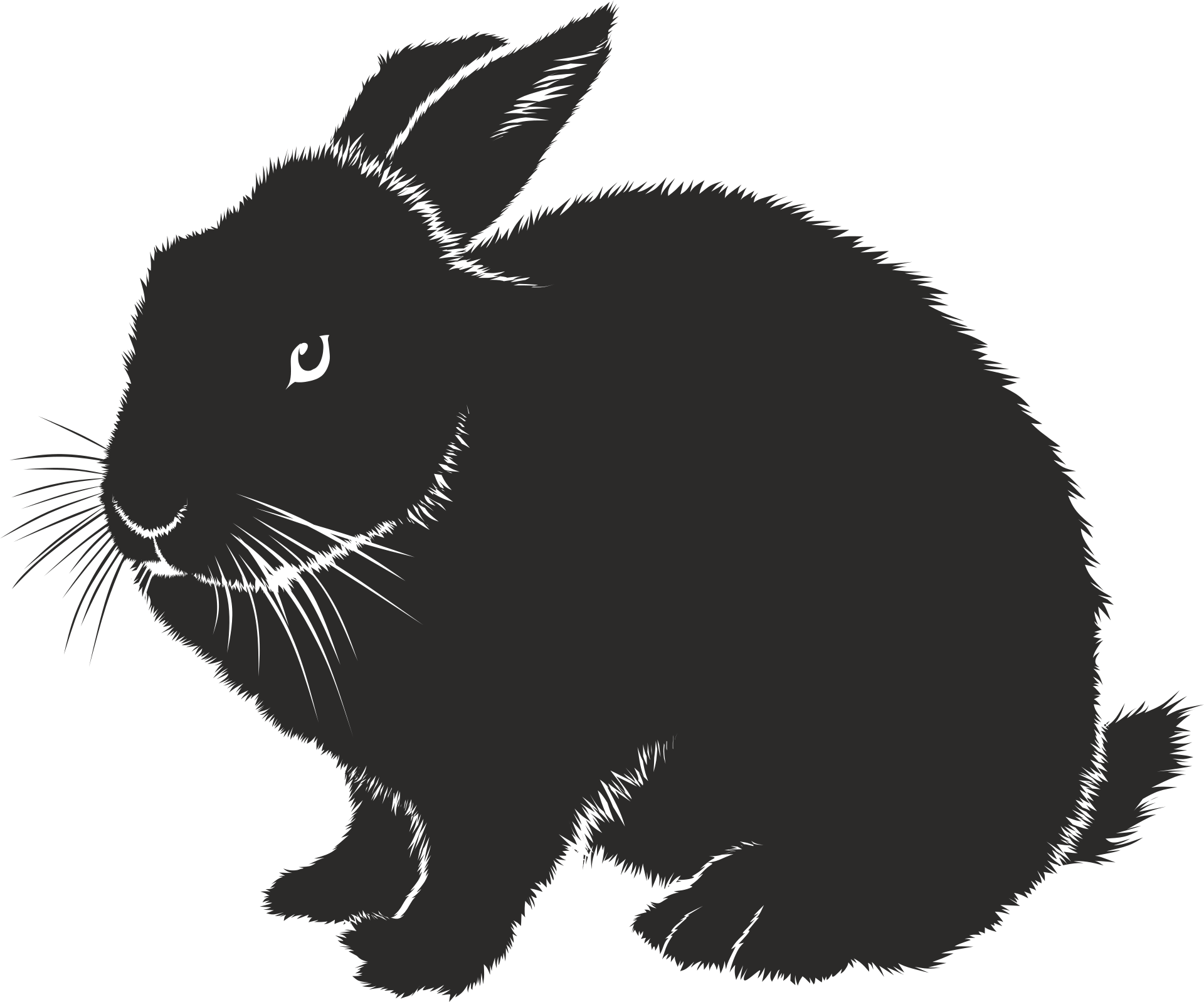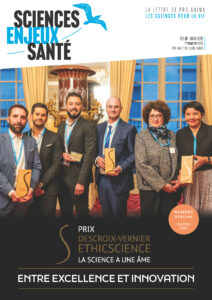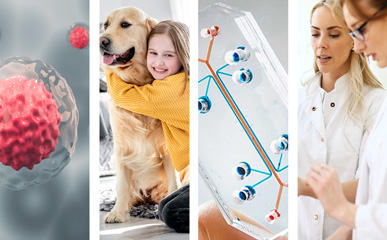Stats for 2015 concerning experiments on animals in France have just been published. They are alarming.
19 February 2018
1 901 752 live animals used for scientific purposes in France (1)
The number of live animals used for scientific or educational purposes in France, which had decreased between 2010 and 2014, increased by 7.5% between 2014 and 2015, from 1,769,618 in 2014 to 1,901,752 in 2015.

These figures do not give the whole picture, since the following categories are not taken into account :
1. Animals bred in user institutions.
2. Animals used under procedures below the threshold of constraint, including genetically modified animals with no prejudicial phenotype.
3. Animals used for harvesting organs or tissues (constantly increasing numbers).
Animals concerned by this increase are mice (which make the largest contribution to research), rats, rabbits, small amphibians, frogs, reptiles, macaques, squirrel monkeys, prosimians, marmosets, vervets, sheep, pigs and chickens.
The number of dogs used in experiments increased by 13% (from 2,852 in 2014 to 3,226 in 2015).
The number of non-human primates used increased by 187% (from 1,103 in 2014 to 3,162 in 2015) despite regulatory recommendations limiting their use.
Geographic origin is not mentioned for a large number of animals, in particular reptiles and primates, which may lead us to presume that they were procured through “non-official” channels. It may also be noted that – for all categories of animals – 19% of animals used were not born in approved breeding centres, despite Article 20 of the EU Directive 2010/63/UE relative to the protection of animals used for scientific purposes.
Fundamental research — the goal of which is to advance science with no specific outcome for human or animal health – accounts for 41% of animals used (compared to 27% in 2010 – 2014).
With no stated justification in terms of scientific research, 28,271 animals died in laboratories at universities and training centres in 2015, an increase of 9% on 2014.
Furthermore, to comply with regulatory and legal requirements – in other words, to assess the toxicity, innocuousness and effectiveness of various substances – 579,750 animals were killed.
Procedures are ranked according to the degree of damage inflicted on animals, from slight to moderate to severe and “no reanimation”. In 2015 (versus 2014), numbers of animals used in the “moderate” class increased by 40.6% and in the “severe” class by 19.3%, whereas numbers used in the “slight” class decreased by 16%.
Conclusions
More animals were used in laboratories in 2015 than previously, causing more severe suffering.
This demonstrates the lack of political will in France to support the transition of research towards non-animal approaches and the lack of impact of EU Directive 2010/63/UE on changing practices in EU member states, in order to reduce both the number of animals used and their suffering and to favour the emergence of alternative methods.
Written by Muriel Obriet — translated by Marie-Françoise Hamard
(1) Data may be consulted on the website of the French Ministry of Higher Education and research.


